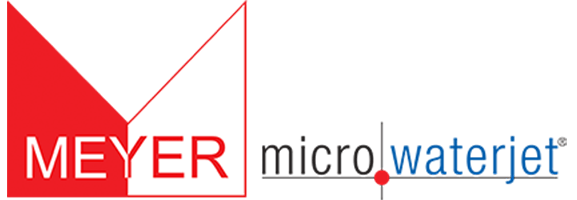Having Trouble Finding a Method to Manufacture your Complicated Part?
Micro Waterjet
Conventional cutting methods often struggle with manufacturing complicated parts. Here we discuss how conventional cutting methods compare to Microwaterjet® cutting.
Conventional Cutting Methods Are Not As Precise As Microwaterjet® Cutting
Conventional cutting methods do not offer the precision cutting that you need for cutting certain parts. CNC milling is not as accurate when cutting smaller features because of the small tooling requirements. Since laser cutting highly depends on the material type and thickness , laser cutting offers limited options for precision cutting. Therefore, for high precision flat cutting, most conventional cutting methods do not offer the cutting capabilities to fulfill your high tolerance requirements.
Wire EDM Is Only Compatible With Conductive Materials
Wire EDM relies on conductivity between the wire and the material to create the electrode erosion for cutting. If your parts are made from non- conductive materials, then you cannot create the spark necessary to cut them. The Microwaterjet® cutting process is capable of cutting almost any material known today.
CNC Milling Struggles with Small, Complicated Geometries
Although CNC Milling can process a wide range of materials, CNC milling cannot precisely cut parts with the smallest features. Special tooling must be manufactured to enable the milling process to cut smaller size features. Some special tooling is required to cut different material types when milling. Ultimately, CNC milling limits your ability to quickly cut complex shapes and often prohibits you from meeting project deadlines.
Laser Cutting Faces Multiple Material Compatibility Issues
Laser cutting involves intense light frequencies and high temperatures, resulting in heat affected zones. Laser cutting cannot properly cut a lot of materials, including PVC, fiberglass, carbon fiber, and more. This requires you to make concessions by limiting the types of materials you can choose for your design.
Looking For A Better Alternative?
Interested in a better solution to manufacture your complicated part? Contact us today to learn how our cutting process addresses these pain points and exceeds the standards of conventional cutting methods.
